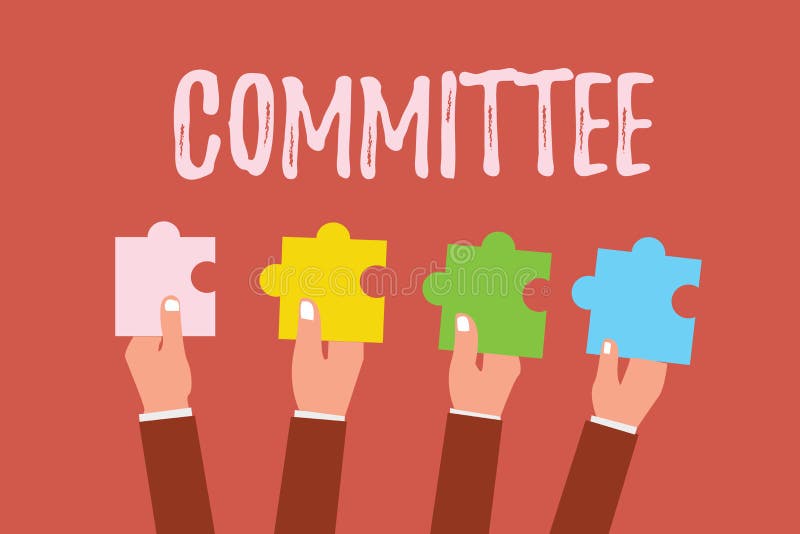
In this piece, Arianna M. Planey explains how spatial access to healthcare arises from processes of structural racism, and thereby contributing to the impacts of time as a social determinant of health that produces racial inequities in healthcare access and outcomes.
“We discuss the potential for health/medical geography to contribute to a policy-relevant geographical research agenda that remains attentive to social theory debates. We illustrate the importance of time as a social determinant of health, through the case study of racial/ethnic inequities in spatial access to acute hospitals in the U.S. South region amid rural hospital closures, conversions, and mergers, which have decreased the supply of hospitals since 1990. In sum, racial disparities in spatial access were most pronounced for travel distances/times to the nearest alternative hospital, underscoring the importance of both temporal and spatial equity.”
https://doi.org/10.1080/13562576.2022.2098649


